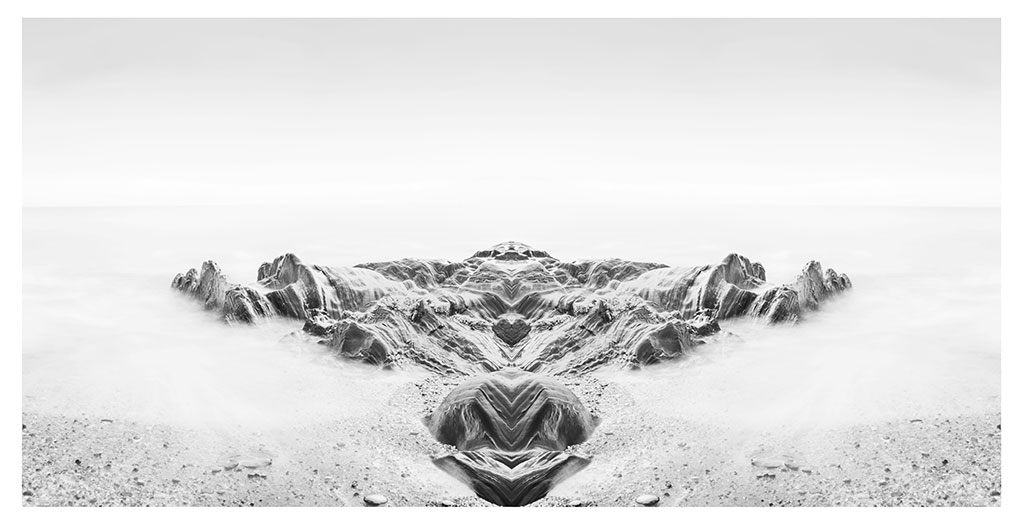Capturing the Beauty of Black and White Photography: A Timeless Art Form
Black and white photography is a timeless art form that has the power to evoke emotions and tell a story in a unique way. While color photography is vibrant and captivating, black and white images have a certain charm that is hard to replicate. In this blog post, we will explore the beauty of black and white photography and provide valuable tips on how to capture stunning monochrome images.
1. Embrace the Power of Contrast: One of the key elements in black and white photography is contrast. Contrast helps in emphasizing the different tones in your image, creating a more impactful composition. Experiment with light and shadows to create dramatic effects that make your subject pop.
2. Pay Attention to Texture: In the absence of color, texture becomes more prominent in black and white photography. Look for interesting textures in your subjects, such as the rough bark of a tree or the smooth surface of a water droplet. Play with lighting to enhance the texture and add depth to your images.
3. Focus on Composition: Composition is crucial in any form of photography, and black and white images are no exception. Use the rule of thirds, leading lines, and symmetry to create a strong composition that guides the viewer’s eye. Keep in mind that simplicity often works well in black and white photography, so strive for clean and uncluttered compositions.
4. Shoot in RAW: Shooting in RAW format gives you more flexibility in post-processing. When working with black and white images, you can make precise adjustments to the tones, contrast, and exposure without worrying about losing color information. This helps you achieve the desired mood and depth in your photographs.
5. Experiment with Filters: In the film days, photographers used color filters to manipulate the tones and contrasts in black and white images. Nowadays, you can achieve similar effects in post-processing by using digital filters. Experiment with red, orange, green, or yellow filters to enhance specific elements in your photographs.
6. Work with Light: Light plays a vital role in black and white photography. The direction, quality, and intensity of light significantly impact the mood and atmosphere of your images. Learn to understand and manipulate different lighting situations, such as soft diffused light for a gentle look or strong directional light for a more dramatic effect.
7. Tell a Story: Black and white photography is known for its ability to evoke emotions and tell compelling stories. Look for opportunities to capture meaningful moments or scenes that convey a narrative. Remember, the absence of color allows the viewer to focus more on the subject and the emotions it evokes.
8. Post-processing: Post-processing is an essential step in black and white photography. Experiment with different editing techniques to enhance the tones, contrast, and mood of your images. Convert your images to black and white using software that offers advanced controls to achieve the desired effect.
Black and white photography is a beautiful art form that enables photographers to create evocative and timeless images. By embracing the power of contrast, paying attention to texture and composition, working with light, and experimenting with post-processing techniques, you can capture the beauty of black and white photography and create stunning monochrome masterpieces. So grab your camera, explore the world in shades of gray, and let your creativity shine through black and white photography.











